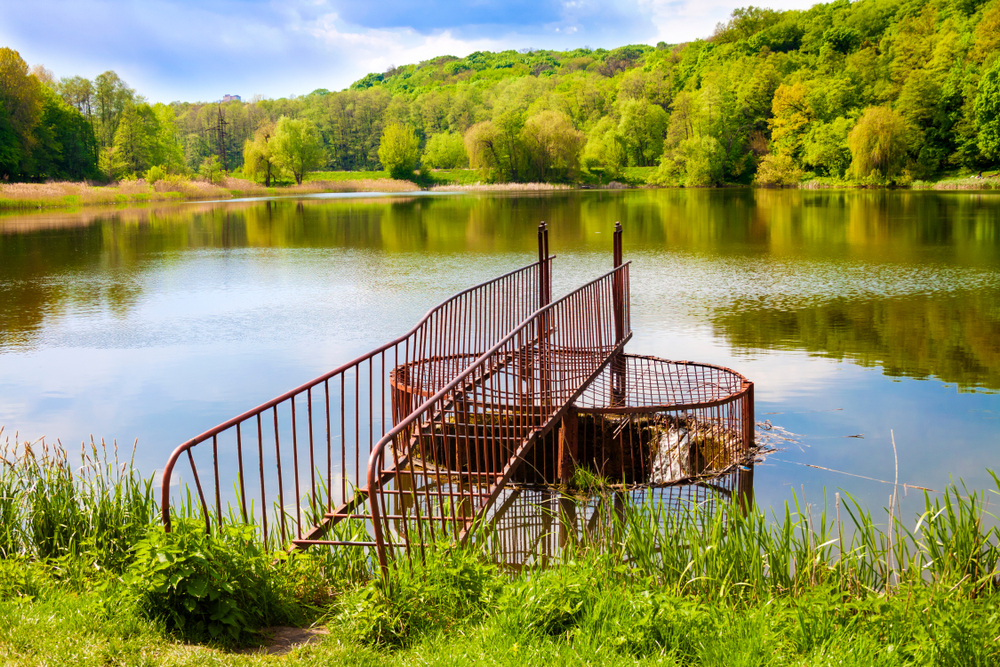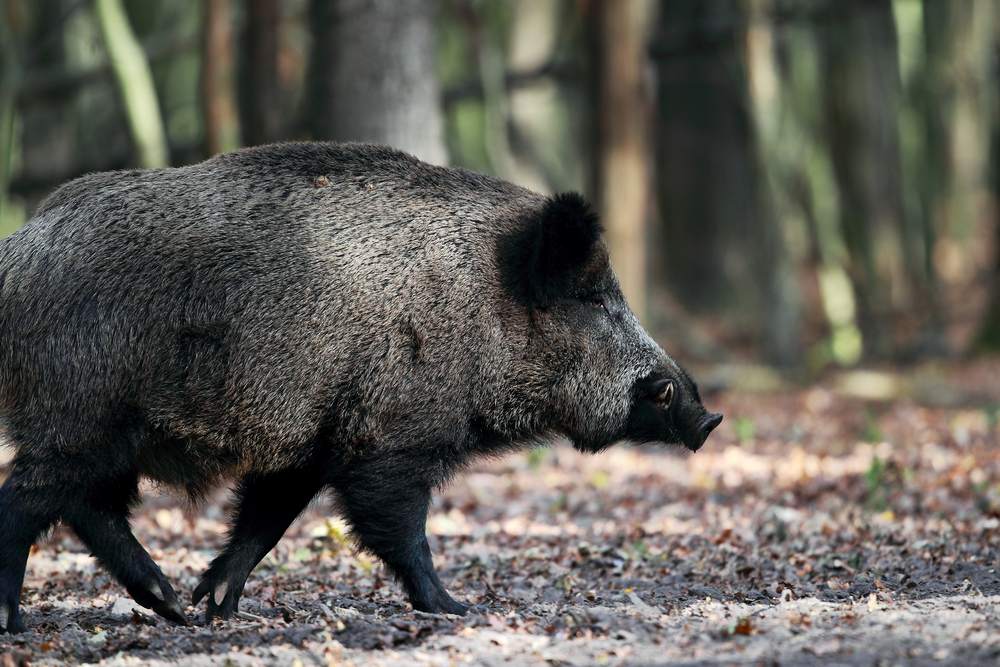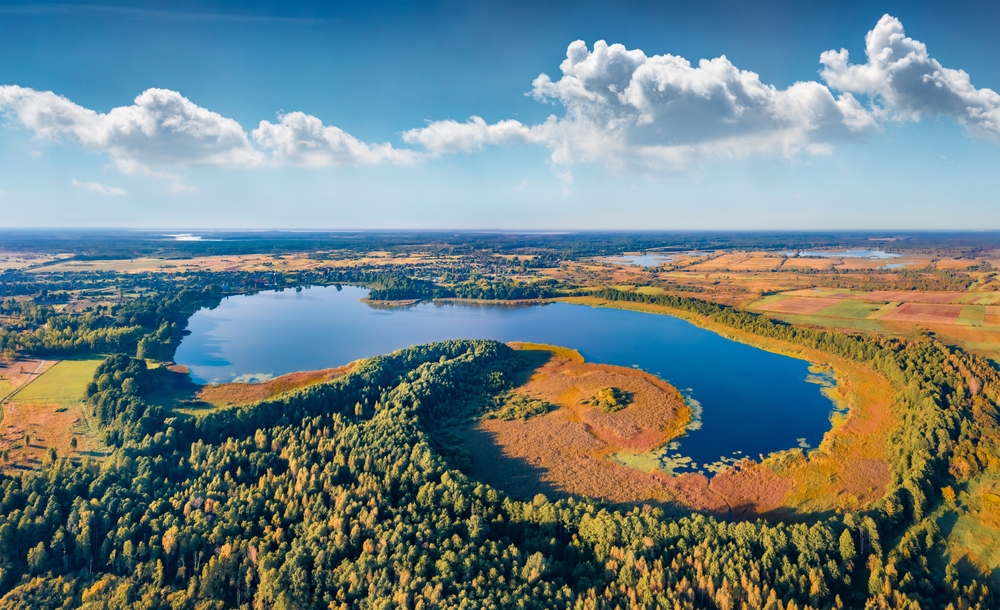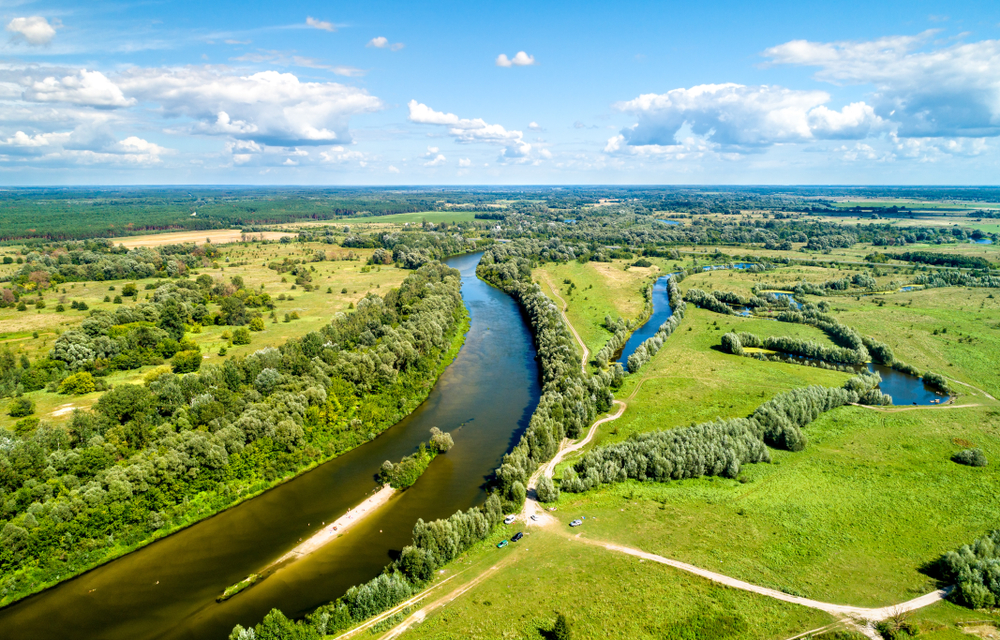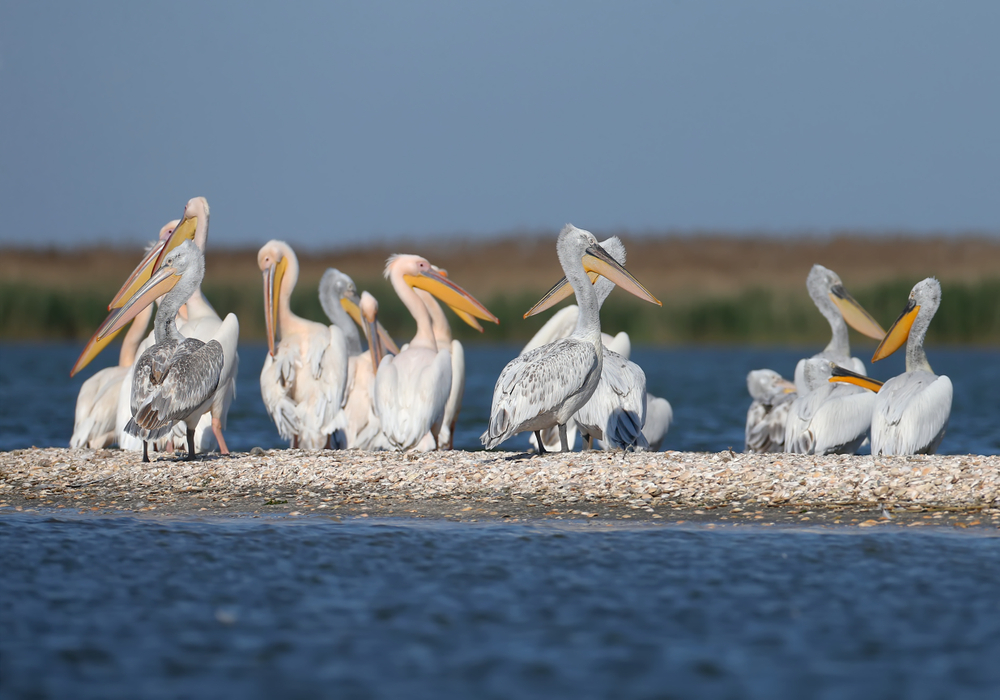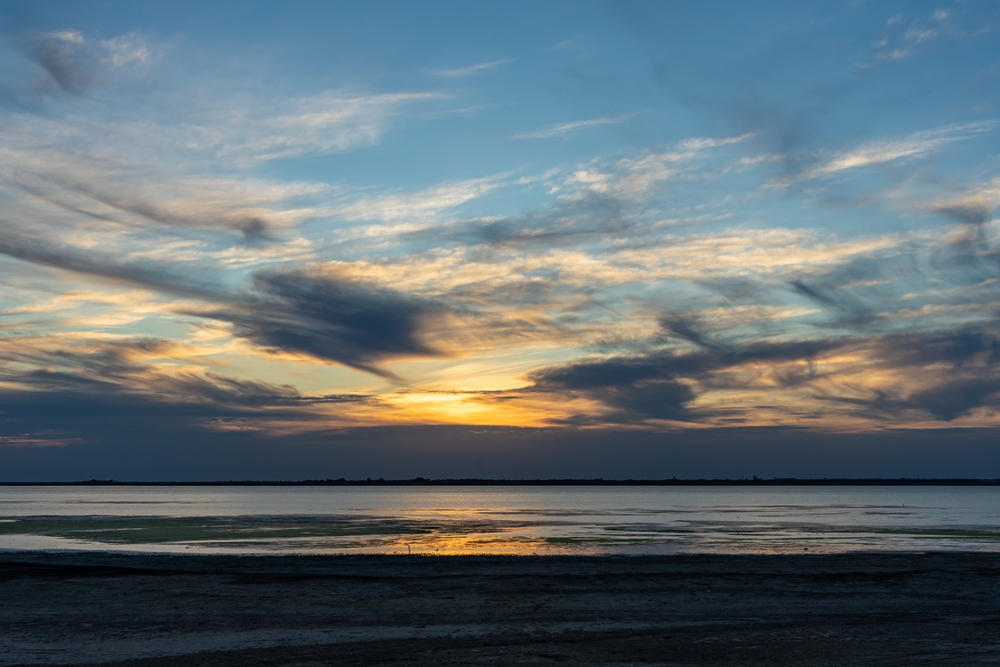Holosiivskyi Overview
Holosiivskyi National Park, known locally as Голосіївський національний природний парк, is a protected area in Ukraine that covers approximately 17.3 square miles (44.9 square kilometers).
Situated within the city limits of Kyiv, this national park offers a unique blend of natural landscapes amid an urban environment. The park is a cherished green oasis, providing residents and visitors with a diverse array of forests, meadows, and water bodies that create a rich ecological setting.
It is part of the larger Holosiivskyi Forest, which has historical significance dating back to the Kyivan Rus era, and remains a key natural refuge in the capital.
The terrain of Holosiivskyi National Park consists primarily of dense deciduous forests dominated by oak, maple, linden, and hornbeam trees. The park also features patches of pine forests and wetlands that add to its ecological diversity.
Several small rivers and streams, such as the Holosiivskyi and Orikhuvatka streams, flow through the park, forming picturesque ponds and lakes that attract both wildlife and visitors. Among its most scenic spots are the Holosiiv Lakes, which provide a serene setting for nature lovers. The park’s rolling hills and deep ravines contribute to a varied landscape that is strikingly beautiful throughout the seasons.
Wildlife thrives within Holosiivskyi National Park, despite its location within Kyiv. The park is home to numerous species of mammals, including red foxes, European hares, hedgehogs, and various rodent species. Birdwatchers can enjoy spotting woodpeckers, owls, nightingales, and various songbirds that make the forest their home.
The park also supports amphibians and reptiles, particularly in its wetland areas. Seasonal migrations bring an influx of bird species, making it an important area for avian diversity. While large predators are absent due to the park’s urban setting, its ecosystem still plays a crucial role in conserving native fauna.
The park’s appeal lies in its accessibility and range of outdoor activities. Visitors can explore numerous walking trails that wind through the forests and along the lakes, offering peaceful retreats from city life. Cycling is also a popular way to navigate the park’s landscapes.
The park features picnic areas, making it a favorite destination for families and groups looking to enjoy nature close to Kyiv’s center. Holosiivskyi National Park is also home to several historical and cultural landmarks, including the Holosiiv Monastery, a centuries-old religious site nestled within the greenery. Educational programs and guided tours introduce visitors to the park’s ecological significance and biodiversity.
Conservation efforts in Holosiivskyi National Park focus on maintaining its delicate balance between urban proximity and natural preservation. The park faces challenges such as deforestation, pollution, and the encroachment of urban infrastructure, which threaten its biodiversity.
However, ongoing efforts by conservationists and local authorities aim to enhance reforestation, improve waste management, and promote eco-friendly visitor practices. Despite these pressures, the park remains a vital green space for Kyiv, contributing to air quality improvement, biodiversity conservation, and recreational well-being.
The continued commitment to sustainable management ensures that Holosiivskyi National Park remains a thriving natural refuge amid Ukraine’s capital.








































































